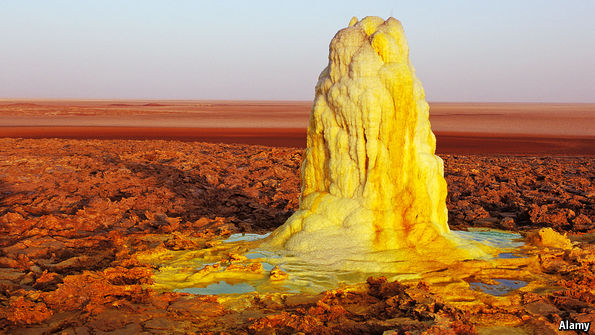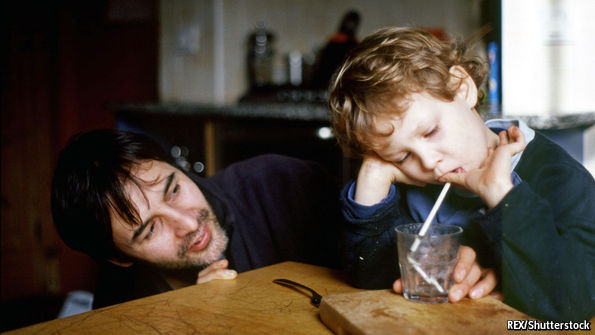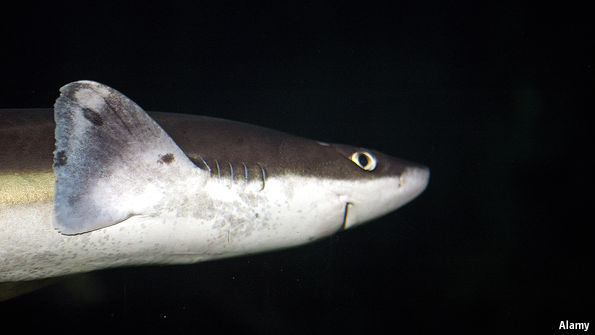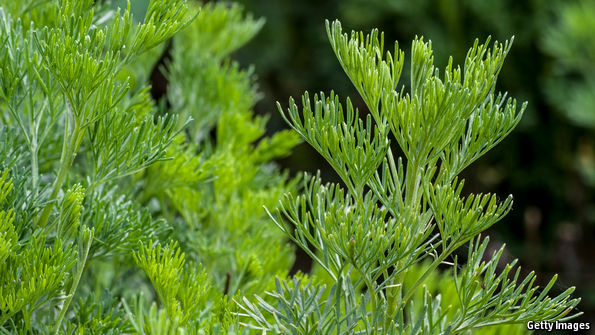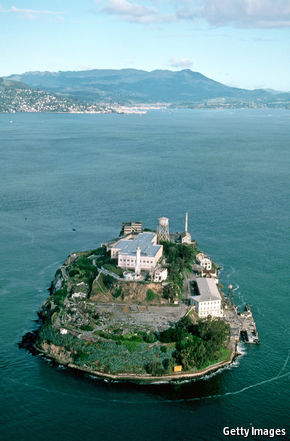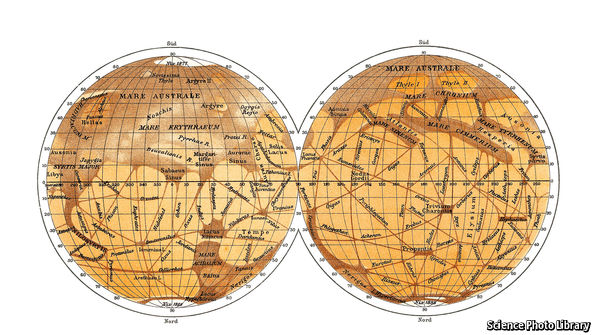Crash testing

“SOMEONE is learning how to take down the internet.” This was the headline of a blog post Bruce Schneier, a noted cyber-security expert, wrote in mid-September. It looked prescient when, on October 21st, Dynamic Network Services (Dyn), a firm that is part of the internet-address system, was disrupted by what is called a “distributed denial of service” (DDoS) attack. (Essentially, a DDoS floods servers with requests until they can no longer cope.) For hours, hundreds of sites were hard to reach, including those of Netflix, PayPal and Twitter.
The attack on Dyn was only the latest in a string of similar ones. On September 20th, for instance, the victim was Brian Krebs, an American journalist who often reports on internet criminals. The server where he hosts his blog became the target of one of the largest DDoS attacks on record (it was bombarded with data equivalent to almost half a percent of the internet’s entire capacity). Most of the other recent digital assaults, however, were more discerning—as if the attacker “were looking for the exact point of failure,” Mr Schneier wrote in his blog post.
It is not clear who the…Continue reading
Source: Economist





